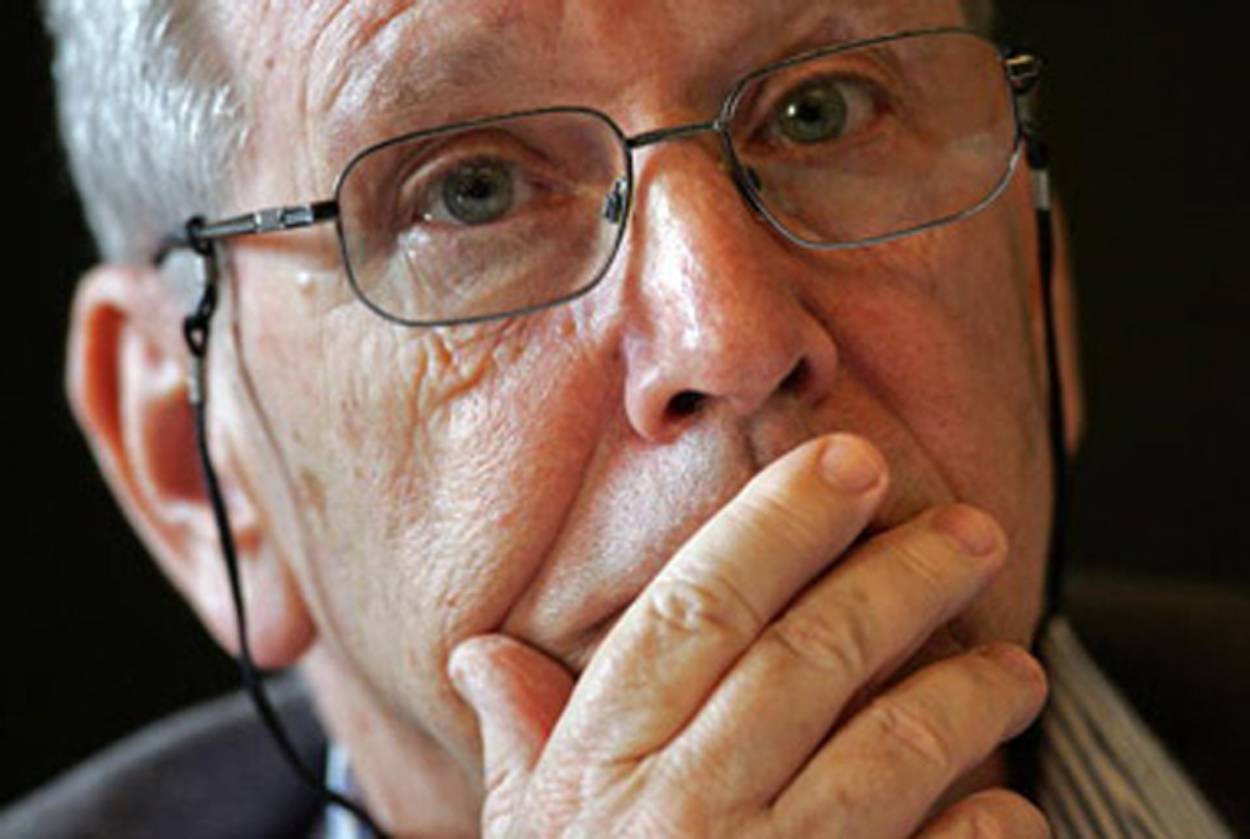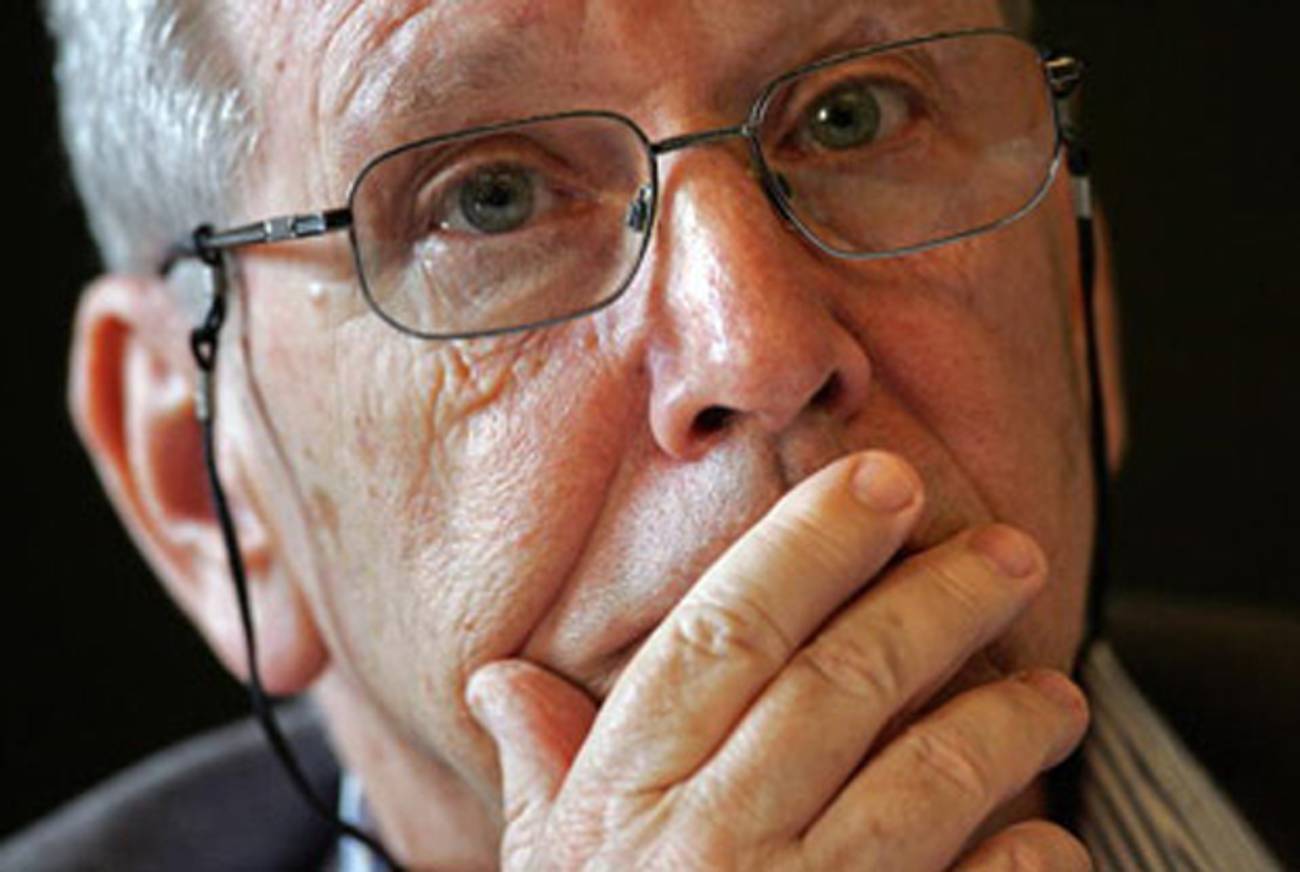A Tale of Love and Darkness, Amos Oz (2002)
Mining the seam between memory and imagination




Amos Oz’s masterpiece is a chronicle of his childhood, circling around the suicide of his mother when he was 12. But it is the story also of the childhood of Israel, from the 1930s, when Oz’s parents arrived from Lithuania, through the early years of statehood. Critics have divided over whether the book is a novel or a memoir, but Oz notes that Hebrew does not clearly distinguish between the forms, and neither does he. He recalls his boyhood pastime of re-enacting military campaigns to rewrite their endings, such as a siege of Masada in which the Jews win: “That selfsame strange urge I had when I was small—the desire to grant a second chance to something that never had one—is still one of the urges that set me going today whenever I sit down to write a story.”
Ruth Franklin is a book critic and the author of A Thousand Darknesses: Lies and Truth in Holocaust Fiction, which has just appeared in paperback.
Ruth Franklin is a book critic and the author of A Thousand Darknesses: Lies and Truth in Holocaust Fiction, which has just appeared in paperback.